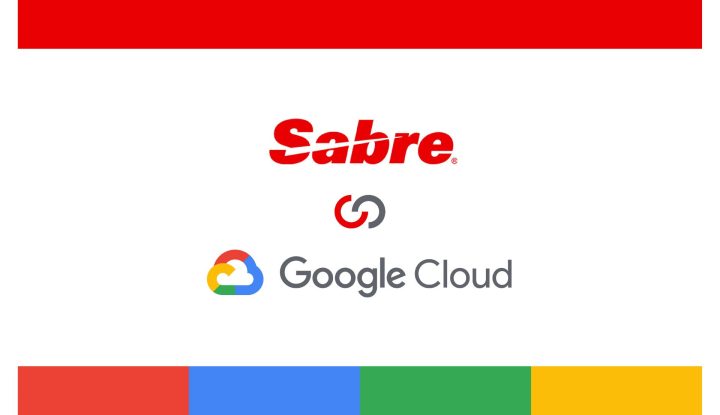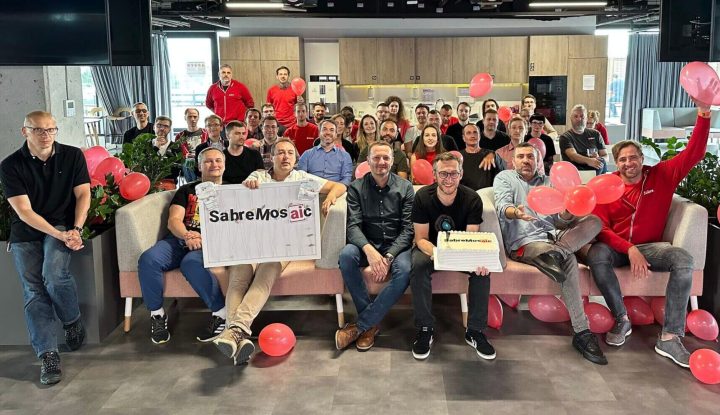Expert commentary from Wojciech Gworek – SVP Software Engineering and Chairman of Board at Sabre Polska
The year 2023 saw significant transformations in the technology sector, fueled primarily by generative artificial intelligence. This served as a catalyst, propelling companies worldwide to undertake extensive efforts in implementing digital solutions based on this technology. Undoubtedly, the release of the first version of ChatGPT by OpenAI at the end of 2022 played a pivotal role in this trend.
Supporting evidence comes from sources like Gartner. According to their findings, in Q1 2023, 70 percent of the surveyed organisations were still in the exploratory phase regarding generative AI, while only 4 percent had fully implemented it. The situation underwent a remarkable shift in Q3 of the same year. At that point, 45 percent of companies were actively experimenting with generative AI, and another 10 percent decided to integrate it.
This dynamic surge suggests that in 2024, especially for the IT sector, we can expect a period of intense work and challenges. Here are a few technological trends to anticipate.
The most in-demand specialisations and skills in the IT job market
As AI continues to develop and generates more interest in its implementation, the forthcoming year and subsequent years will see a shift towards IT specialisations in processing large datasets, natural language, cloud technologies, machine learning, and cybersecurity.
Artificial intelligence will increasingly assist software engineers by automating repetitive tasks. For instance, at the beginning of last year, around 10 percent of them used coding assistants while developing solutions, and by 2028, this percentage will rise to 75 percent. Despite widespread belief, artificial intelligence will not replace their jobs. Quite the opposite – it will facilitate creative work, which, in the long term, has the potential to lead to various technological innovations.
It’s evident that AI-related skills will become essential and highly desirable in the long term on the labour market. Therefore, it’s worthwhile to broaden your knowledge and seek a niche – the current trends indicate that the effort will be rewarding. Data analysis from a leading online freelancing platform, conducted by esteemed researchers from the Oxford Internet Institute and the Center for Social Data Science at the University of Copenhagen, indicates that AI-related skills may contribute to a salary boost of over 20 percent for employees with digital competencies.
The future of artificial intelligence is quantum
The latest advancements in artificial intelligence and quantum technology are unlocking new opportunities for technological development, especially in the context of rapid processing of large datasets.
This represents a significant opportunity for progress in various fields, including pharmacy and medicine. It also extends to finance, energy, and aviation sectors. At Sabre, we are actively developing specialised digital tools leveraging AI. The stability in the quantum technology market, alongside the simultaneous advancement of artificial intelligence, would open the door to even more innovative solutions in this sector. This could facilitate, among other benefits, more precise forecasting of weather disruptions, significantly streamlining the planning and coordination of alternative connections for airlines.
However, like any technology, this one also carries certain risks, particularly concerning information security. This will prompt technological experts to place an even stronger emphasis on issues related to their protection.
Despite being in the experimental phase, quantum technology’s practical application is expected in the near future. Researchers are actively working on its development and integration with AI. Investments in quantum computers are anticipated to experience an annual growth rate of 11.5 percent by 2027.
The Era of Cloud Computing Dominance
Worldwide spending on cloud computing is expected to grow by 20 percent in 2024 compared to the preceding year. Because of the minimal costs associated with the acquisition and maintenance of applications, as well as the ability for flexible scaling of computing power as needed, the most frequently chosen cloud model among all available in the market will be Software as a Service (SaaS).
Cloud technologies are the key to competitive advantage and innovation, especially those based on artificial intelligence. The widespread adoption of AI has triggered a technological race for dominance. The World Economic Forum’s report reveals that 75 percent of companies plan to implement solutions within the next five years, including AI and data science. Estimates indicate that AI-based solutions will enable them to enhance business efficiency by over 40% and reduce costs by more than 30 percent.
Can technology be sustainable?
Digital emissions pose an environmental challenge for companies worldwide. Currently, only cloud data processing accounts for 1.5% of all greenhouse gas emissions globally.
In the upcoming years, one of the key aspects will be the adoption of cloud solutions powered by renewable energy sources. Therefore, in 2022, at Sabre, we closed our last in-house data centre, smoothly migrating around 15,000 servers to Google, which will exclusively rely on renewable energy sources by 2030.
Additionally, as a technology company providing services to the travel sector, we develop digital solutions that enable airlines worldwide to achieve more optimal and environmentally friendly fleet utilisation. With these solutions, improvements include optimising fuel efficiency through demand and capacity alignment, along with calculating the optimal centre of gravity for aircraft. This results in reduced engine thrust requirements and ultimately decreased fuel consumption. Additionally, within the Sabre ecosystem, we’ve introduced a concept known as self-awareness content, providing travellers with information about the CO2 emissions generated by the aircraft they plan to travel on. This allows them to search for a flight connection that generates the smallest possible carbon footprint.







